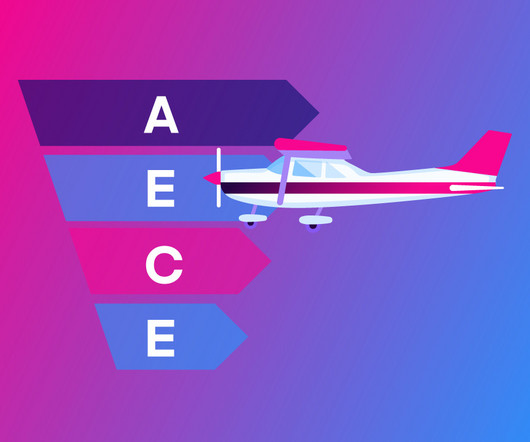Class E Airspace Explained
Pilot Institute
OCTOBER 2, 2024
Introduction to Class E Airspace Class E airspace is the most common type of controlled airspace. This airspace provides ATC services to all IFR aircraft and VFR traffic upon request. The 700-Foot Exception In some cases, Class E can begin as low as 700 feet AGL to offer support for instrument approaches.










Let's personalize your content